What Is Impatiens Arguta – Tips For Growing Upright Impatiens Plants
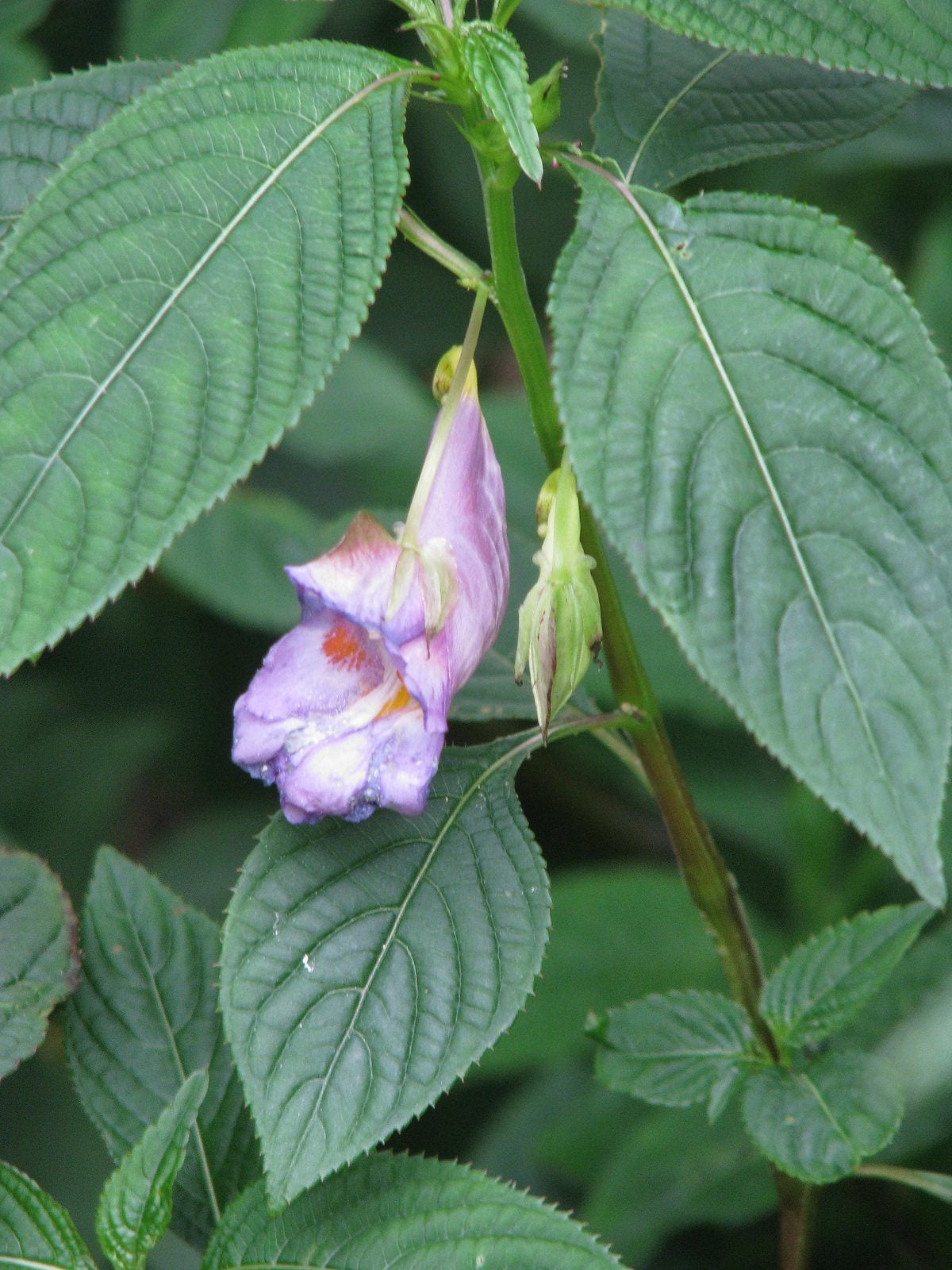

When you hear someone mention impatiens, you probably picture the old standby of shade-loving bedding plants with short succulent stems, delicate flowers, and seed pods that burst from the slightest touch. You may also picture the intense variegated foliage of the increasingly popular, sun-tolerant New Guinea impatiens. Well, toss those pictures of common impatiens out the window because the new, rare varieties of Impatiens arguta are like no impatiens you’ve ever seen before. Read on for more Impatiens arguta information.
What is Impatiens arguta?
Impatiens arguta is a semi-shrubby, upright type of impatiens that grows 3 to 4 feet (1 m.) tall and wide. Upright impatiens is native to regions of the Himalayas and grows as a perennial in U.S. hardiness zones 7 through 11. In zones 9 to 11, it may grow as an evergreen and bloom all year. When temperatures in these zones dip too low, or there is an unseasonal frost, the plant may die back to the ground, but then regrow from their thick tubers when the weather warms back up. Elsewhere, it can be grown as an annual, where it can trail and climb in containers and baskets. The real “wow factor” of Impatiens arguta, however, is its lavender-blue funnel or tubular shaped flowers. These blooms hang below the deep green, serrated foliage from tiny delicate, inconspicuous stems. They have been described as graceful little floating sea creatures which look as if they are gently floating on waves as the plant sways in the breeze. The flowers have also been described as orchid-like. Depending on variety, the flowers have yellow-orange throats with red-orange markings. The other end of the flower curls in a hooked spur, which may also have yellow-red coloring. These flowers bloom from spring to frost and even longer in frost free areas. Suggested varieties of Impatiens arguta are ‘Blue I,’ ‘Blue Angel,’ and ‘Blue Dreams.’ There is also a white variety known as ‘Alba.’
Growing Upright Impatiens Plants
Impatiens arguta is an extremely easy plant to grow, provided it has consistently moist soil and protection from the afternoon sun. While the plant has some sun tolerance, it still grows best in part shade to shade, like common impatiens. Upright impatiens plants will also tolerate heat extremely well when planted in rich, fertile, moist soil. The plants are so easy to grow that they can also be grown as houseplants. New plants can be propagated from seeds, cuttings, or divisions. When grown outdoors, they are also seldom bothered by deer. These rare plants may not be available in local greenhouses and garden centers, but many online retailers have recently started selling them world-wide.
Gardening tips, videos, info and more delivered right to your inbox!
Sign up for the Gardening Know How newsletter today and receive a free copy of our e-book "How to Grow Delicious Tomatoes".
-
 12 Lush Alternatives To A Lawn For Sustainable Spaces
12 Lush Alternatives To A Lawn For Sustainable SpacesAlternatives to a lawn are beautiful and also beneficial to your local ecosystem and its pollinators. Explore our top picks for plants to replace grass.
By Tonya Barnett
-
 Types Of Tomatoes Explained: Explore The Many Wonderful Shapes, Colors, Flavors, & Best Uses
Types Of Tomatoes Explained: Explore The Many Wonderful Shapes, Colors, Flavors, & Best UsesThe world of tomato varieties is vast and fascinating. Learn about the key types to grow in your garden, tailored to your preferences and space.
By Amy Grant
-
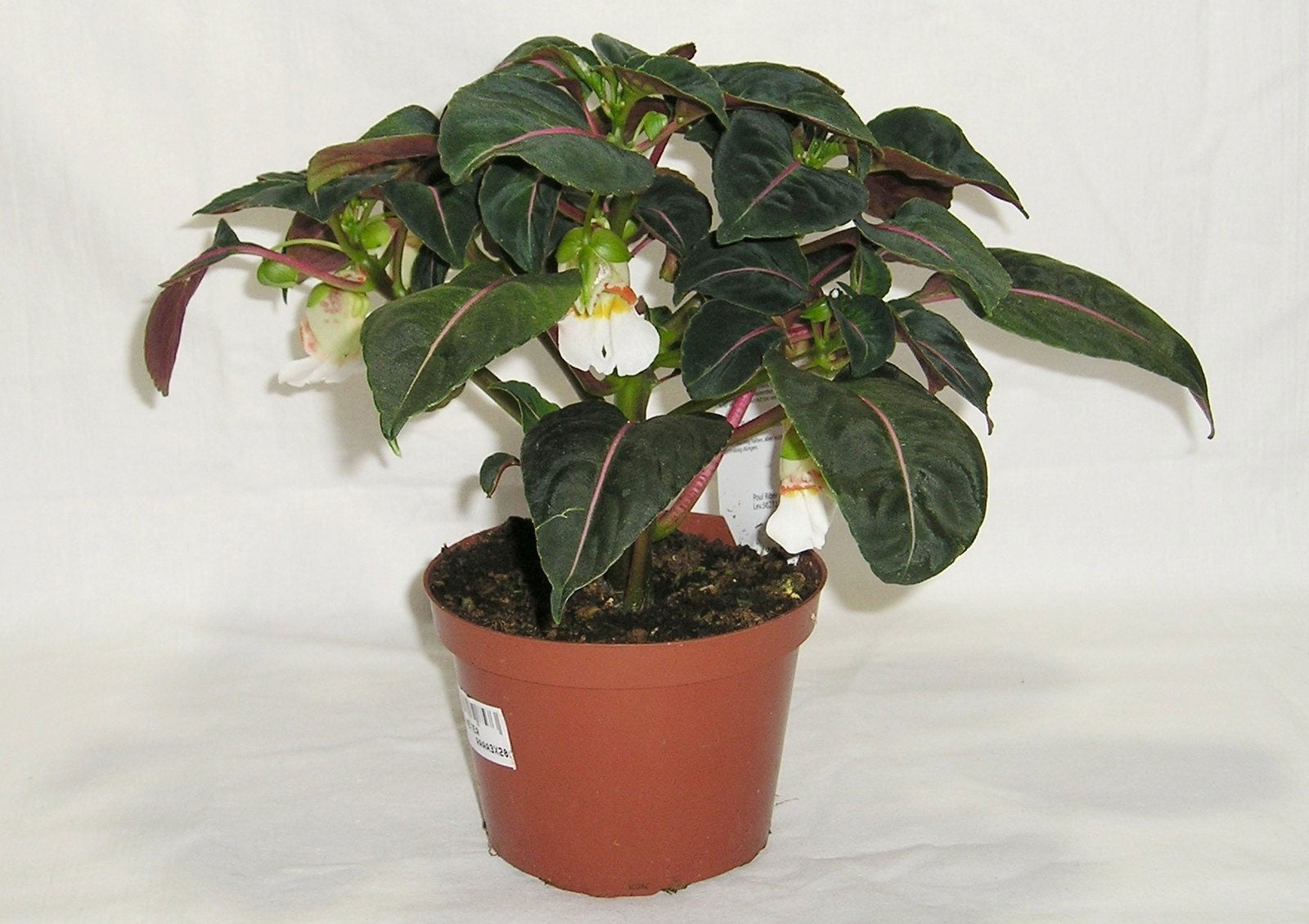 Velvetea Impatiens Care: Tips For Growing Velvet Love Impatiens
Velvetea Impatiens Care: Tips For Growing Velvet Love ImpatiensImpatiens are a staple annual flower for many gardeners. These flowers do well in partial shade and come in a variety of colors. If you enjoy regular impatiens, give the Velvet Love impatiens variety a try. To learn more, click the following article.
By Mary Ellen Ellis
-
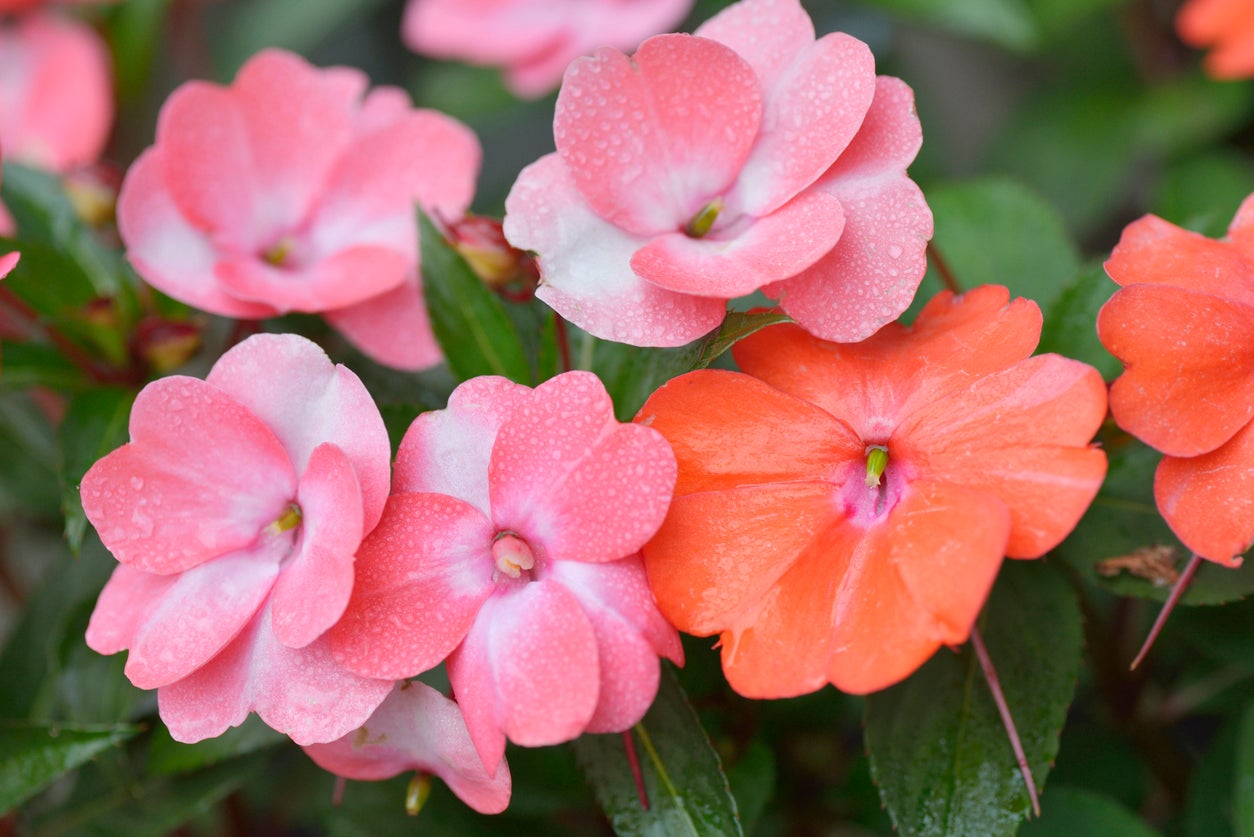 Cutting Back Impatiens: Learn About Pruning Impatiens Plants
Cutting Back Impatiens: Learn About Pruning Impatiens PlantsImpatiens are perfect for filling in those shady areas of beds and the yard where other plants just don’t thrive. They add color and cheer, but impatiens can also become leggy, showing off more stems that blooms. Learn how to cut back impatiens plants in this article.
By Mary Ellen Ellis
-
 Impatiens Water Needs – Learn How To Water Impatiens Plants
Impatiens Water Needs – Learn How To Water Impatiens PlantsBecause of their preference to grow in partial, afternoon, and/or filtered shade, many impatiens’ water needs are different from sun-loving plants. Learn how to water impatiens correctly in this article. Click here for more information.
By Becca Badgett
-
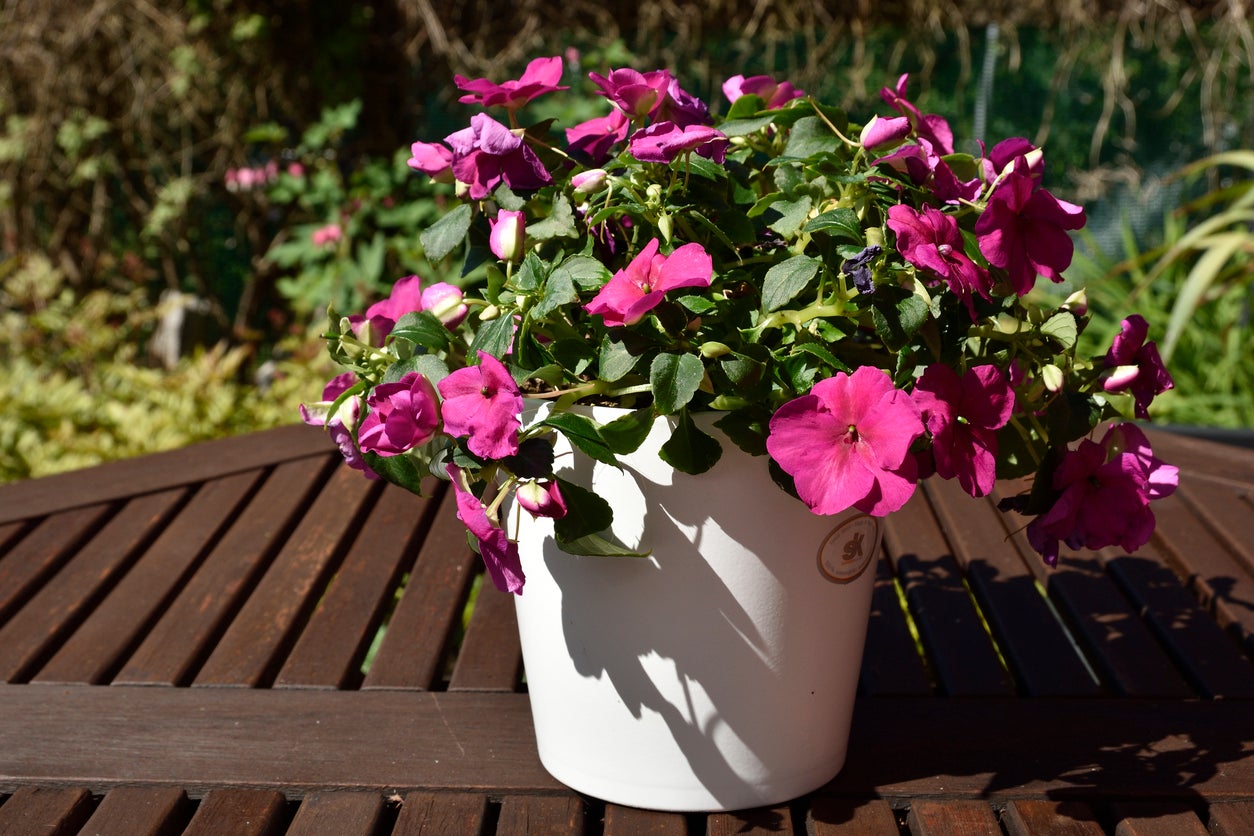 Houseplant Impatiens: How To Keep Indoor Impatiens Plants
Houseplant Impatiens: How To Keep Indoor Impatiens PlantsReadily available in garden centers and at plant nurseries, impatiens are easy to find flowering plants thrive in shady locations. Due to this, impatiens are also excellent candidates for container culture indoors throughout the winter. Click here to learn more.
By Tonya Barnett
-
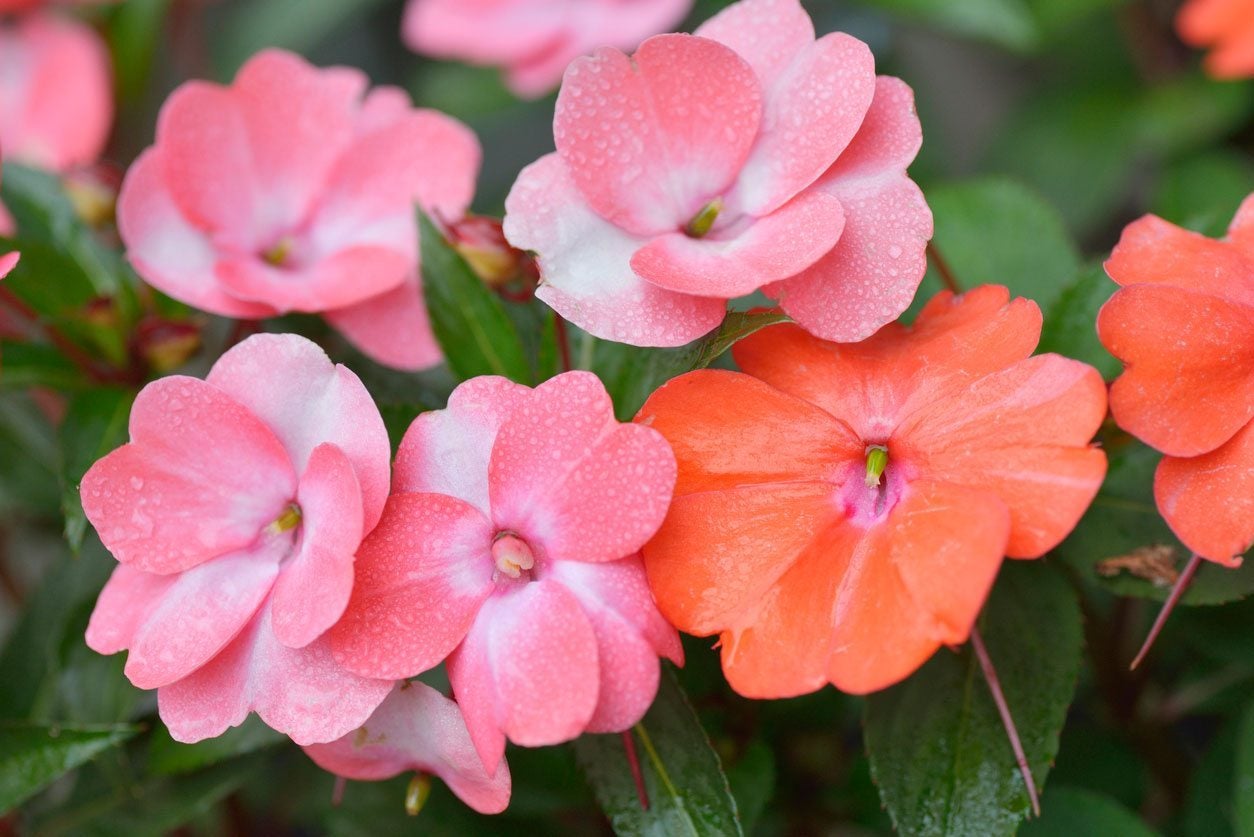 Impatiens Won't Bloom: Reasons For No Flowers On Impatiens Plant
Impatiens Won't Bloom: Reasons For No Flowers On Impatiens PlantImpatiens plants are great bedding and container flowers that ought to bloom reliably all summer long. That?s why it can be especially frustrating if your plants stop blooming or never even start. Learn more about why impatiens won?t bloom in this article.
By Liz Baessler
-
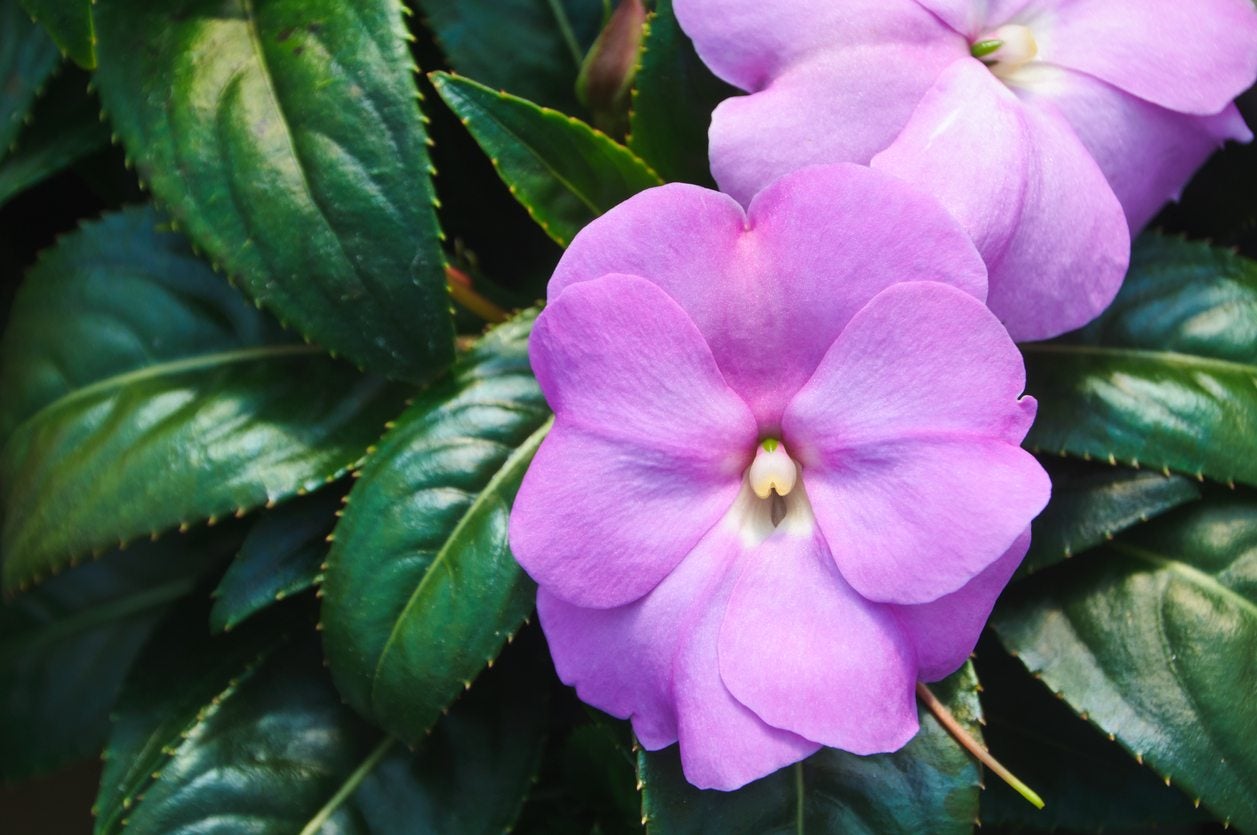 Seed Propagating New Guinea Impatiens – Can You Grow New Guinea Impatiens From Seeds
Seed Propagating New Guinea Impatiens – Can You Grow New Guinea Impatiens From SeedsOne annual favorite that can be quite pricey because of its bright flowers and variegated foliage is New Guinea impatiens. No doubt many of us have considered growing these higher-priced plants by seed. Can you grow New Guinea impatiens from seed? Find out here.
By Darcy Larum
-
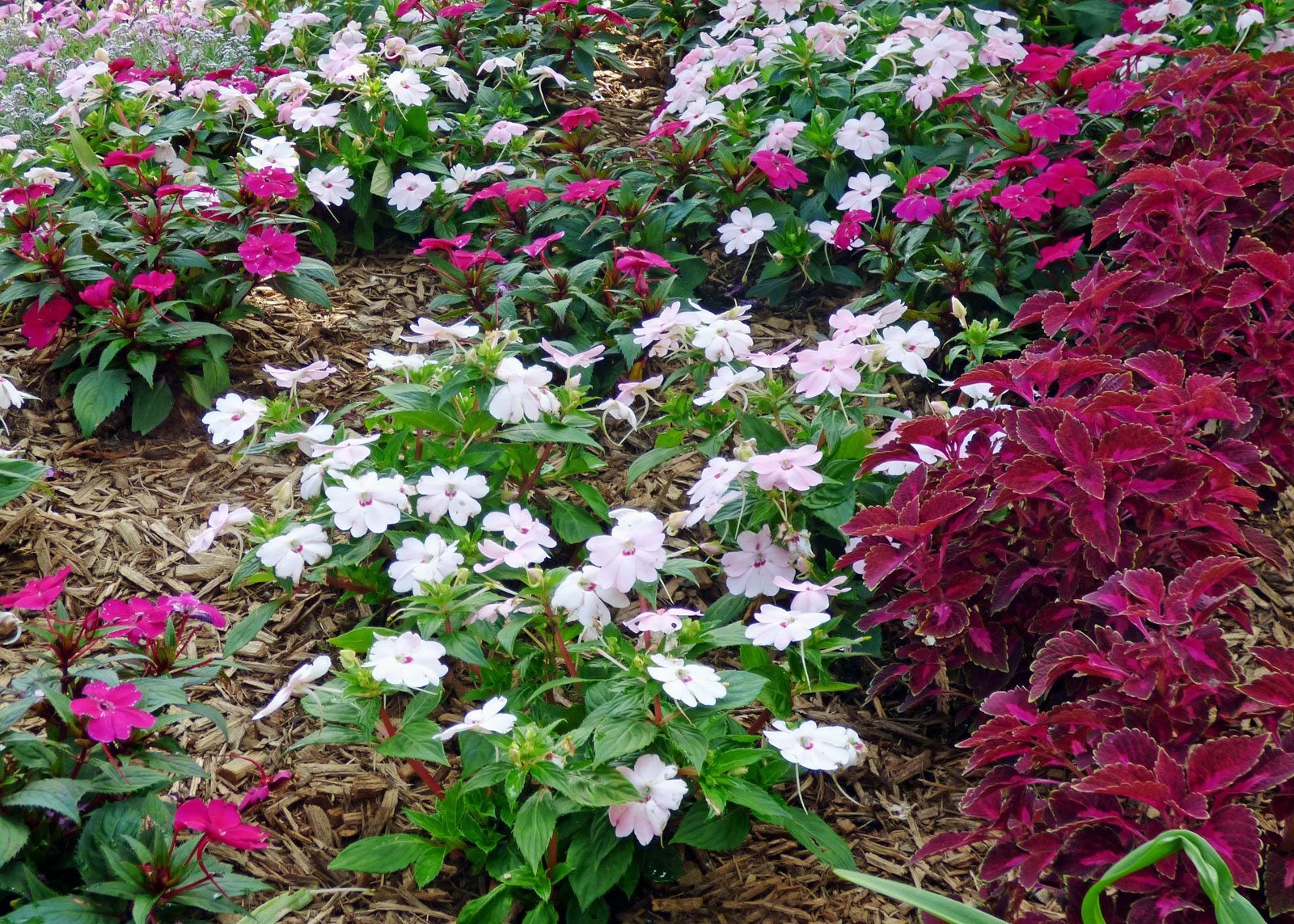 What Are Sunpatiens: How To Plant Sunpatiens In Garden Beds
What Are Sunpatiens: How To Plant Sunpatiens In Garden BedsSunpatiens is a relatively new impatiens hybrid that thrives in full sun and hot, humid weather, greatly expanding the area in which gardeners can spread impatiens color. Click here for information on how to plant sunpatiens and sunpatiens plant care.
By Liz Baessler
-
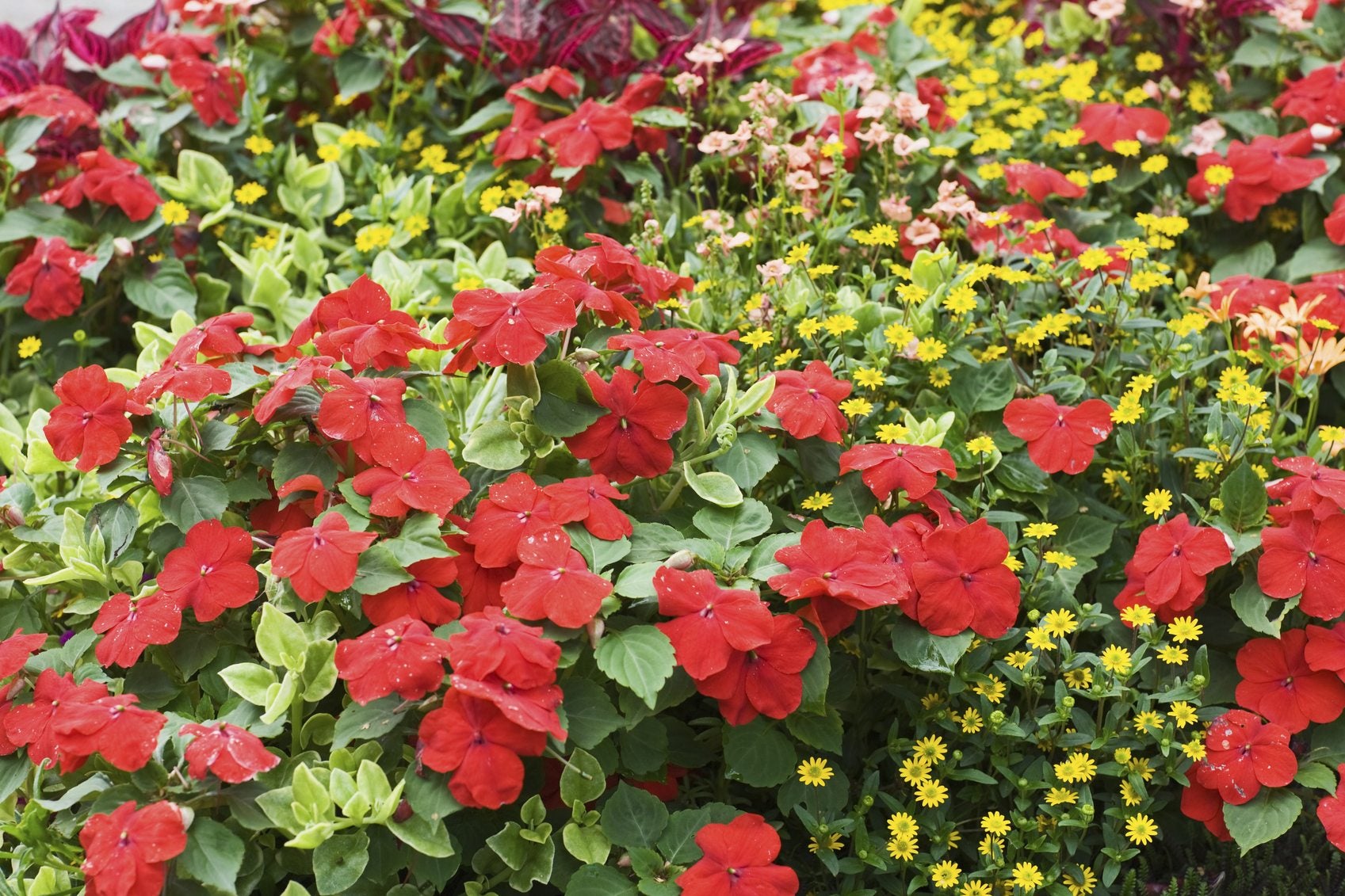 Impatiens Plant Companions – What To Plant With Impatiens In The Garden
Impatiens Plant Companions – What To Plant With Impatiens In The GardenImpatiens attract beneficial insects. As companion plants, the dense foliage of impatiens can keep the soil moist and cool for its companions. Learn more about what to grow alongside impatiens plants using the information from this article.
By Darcy Larum